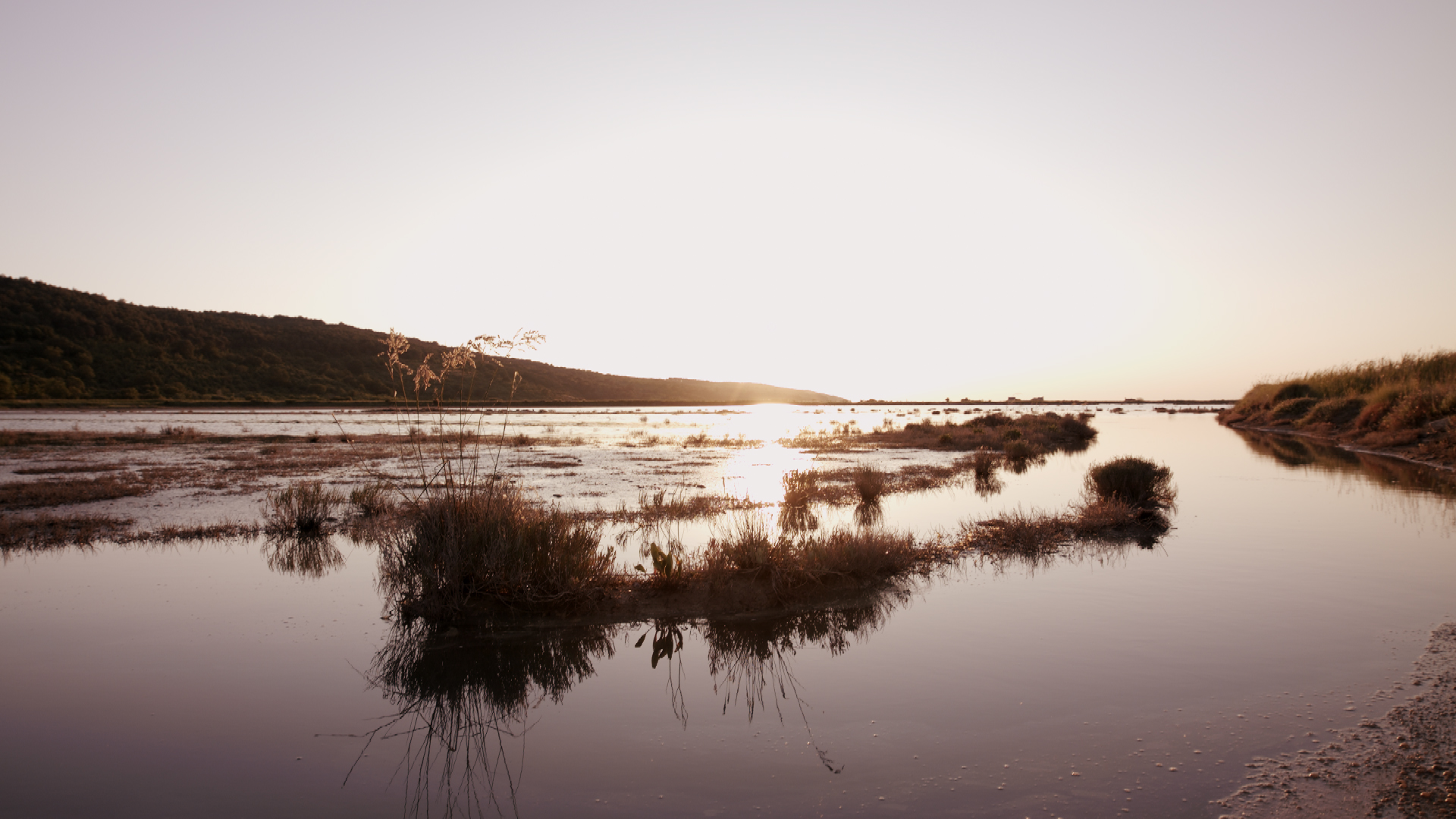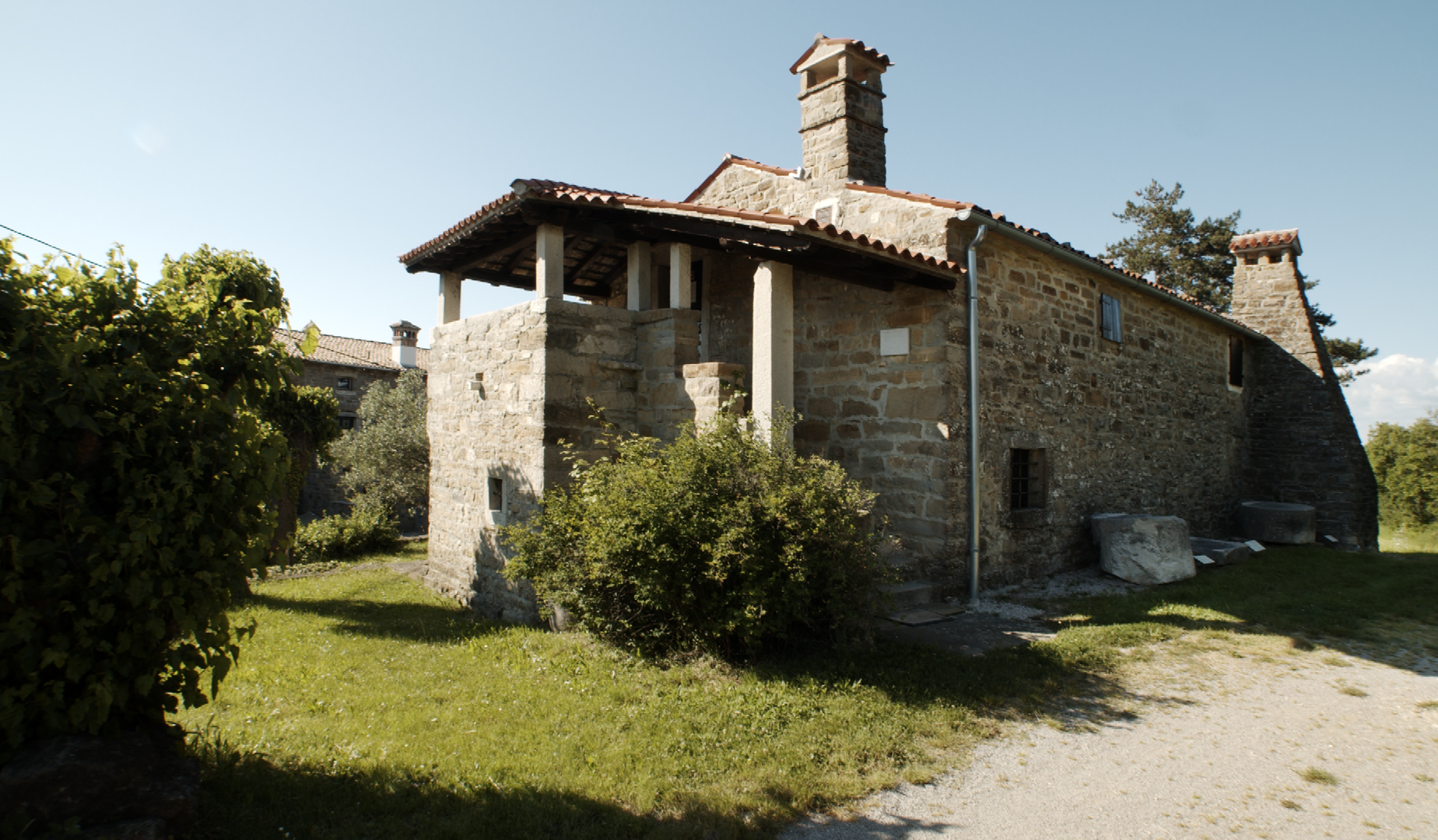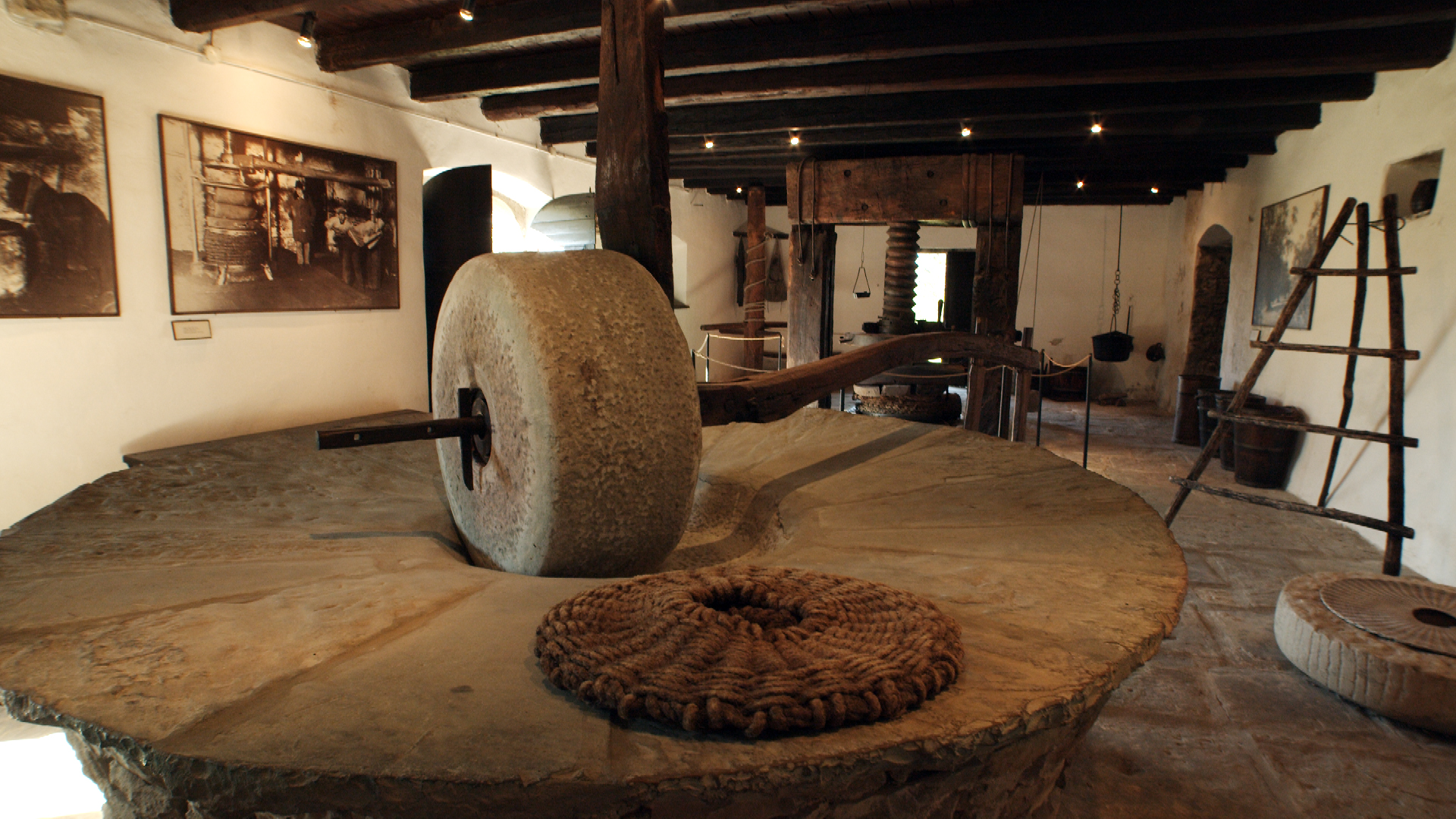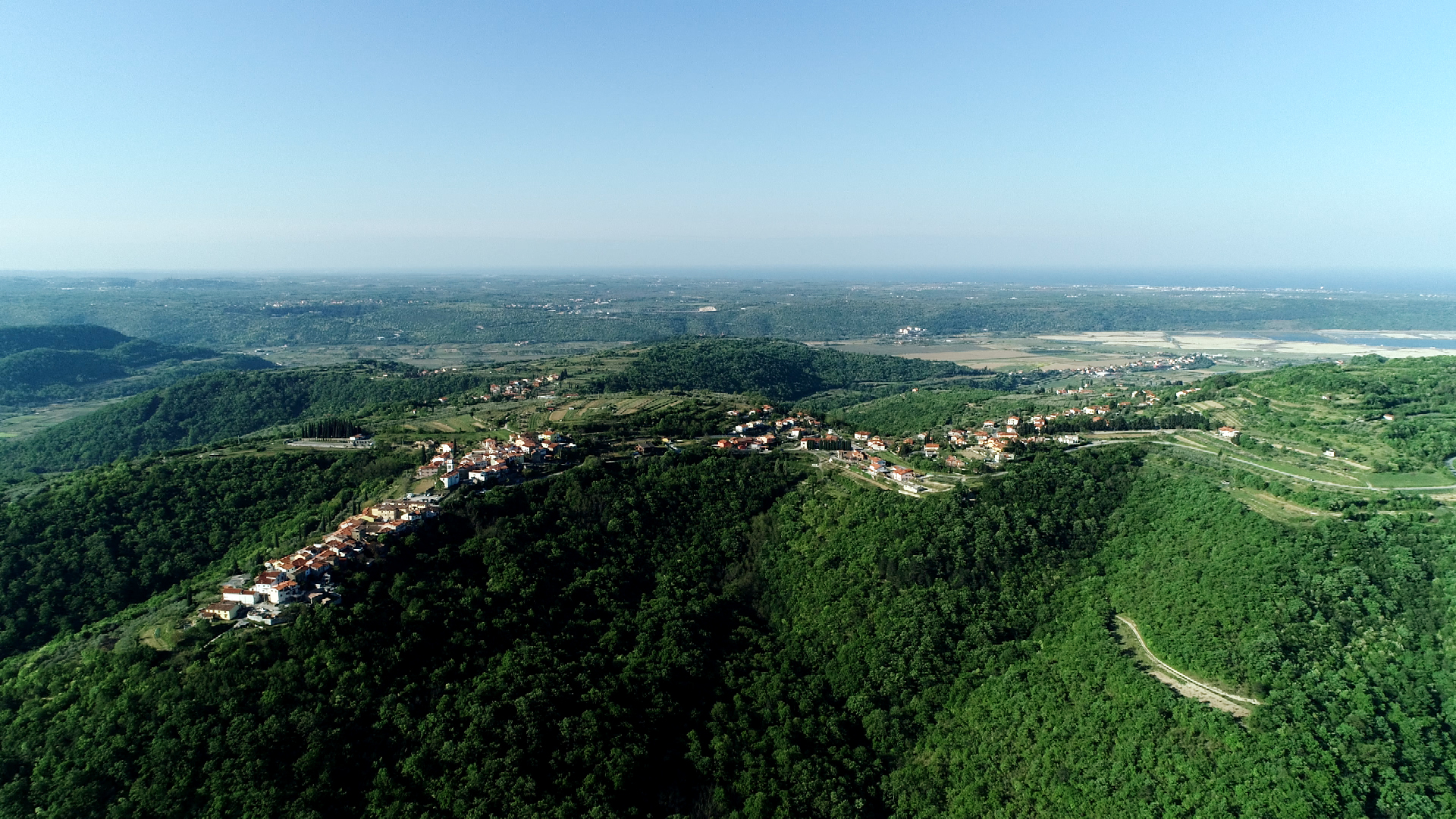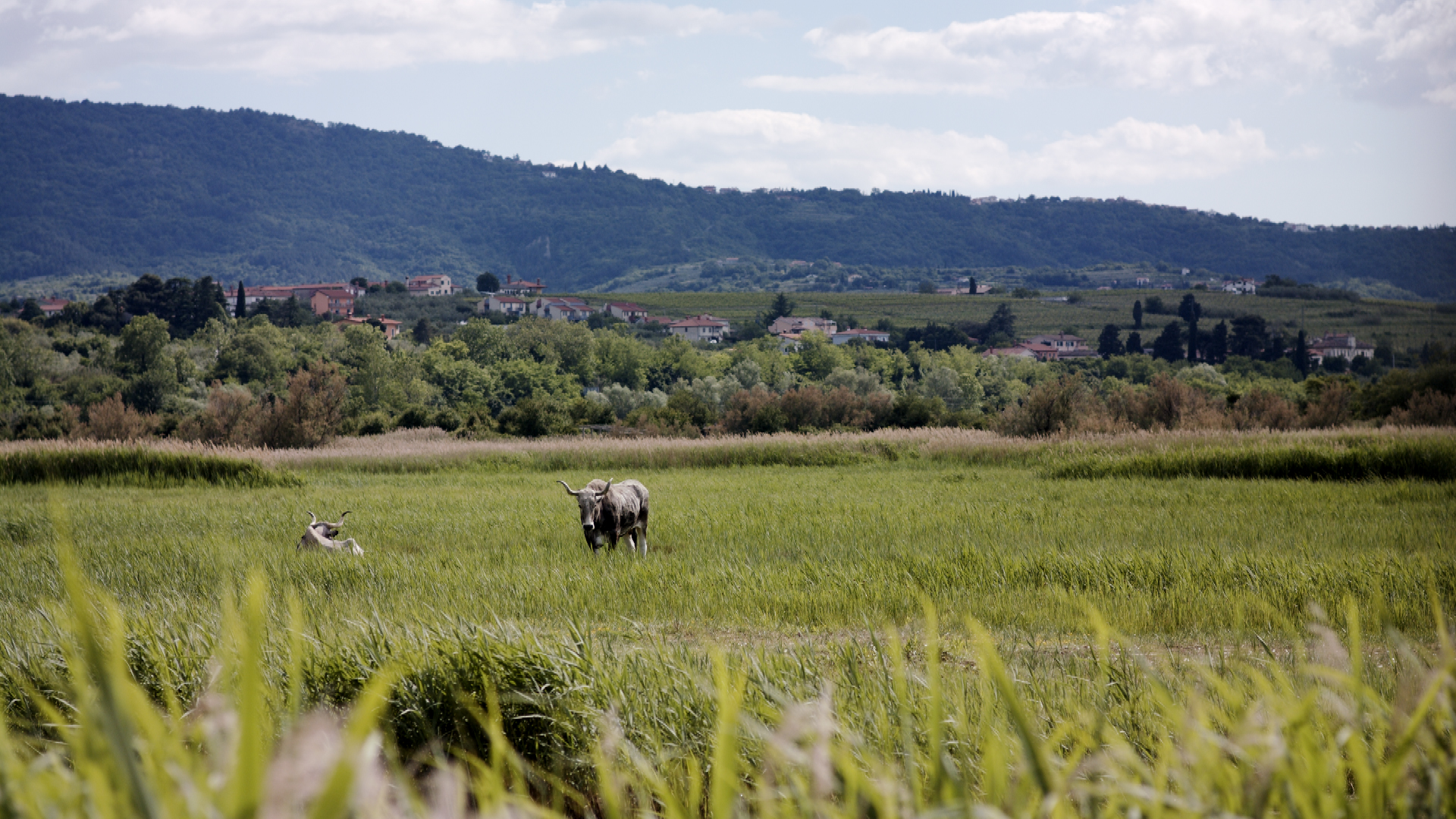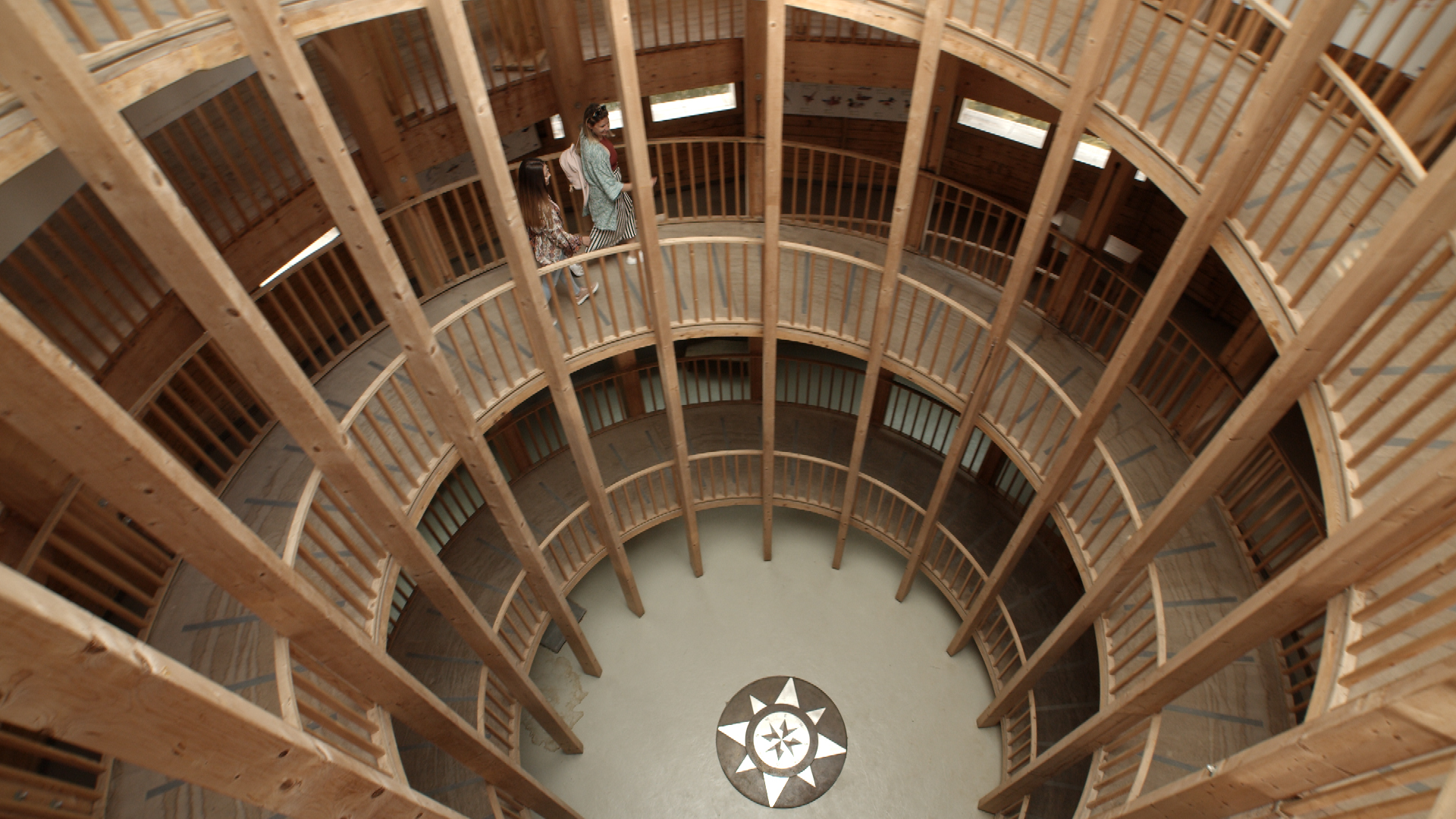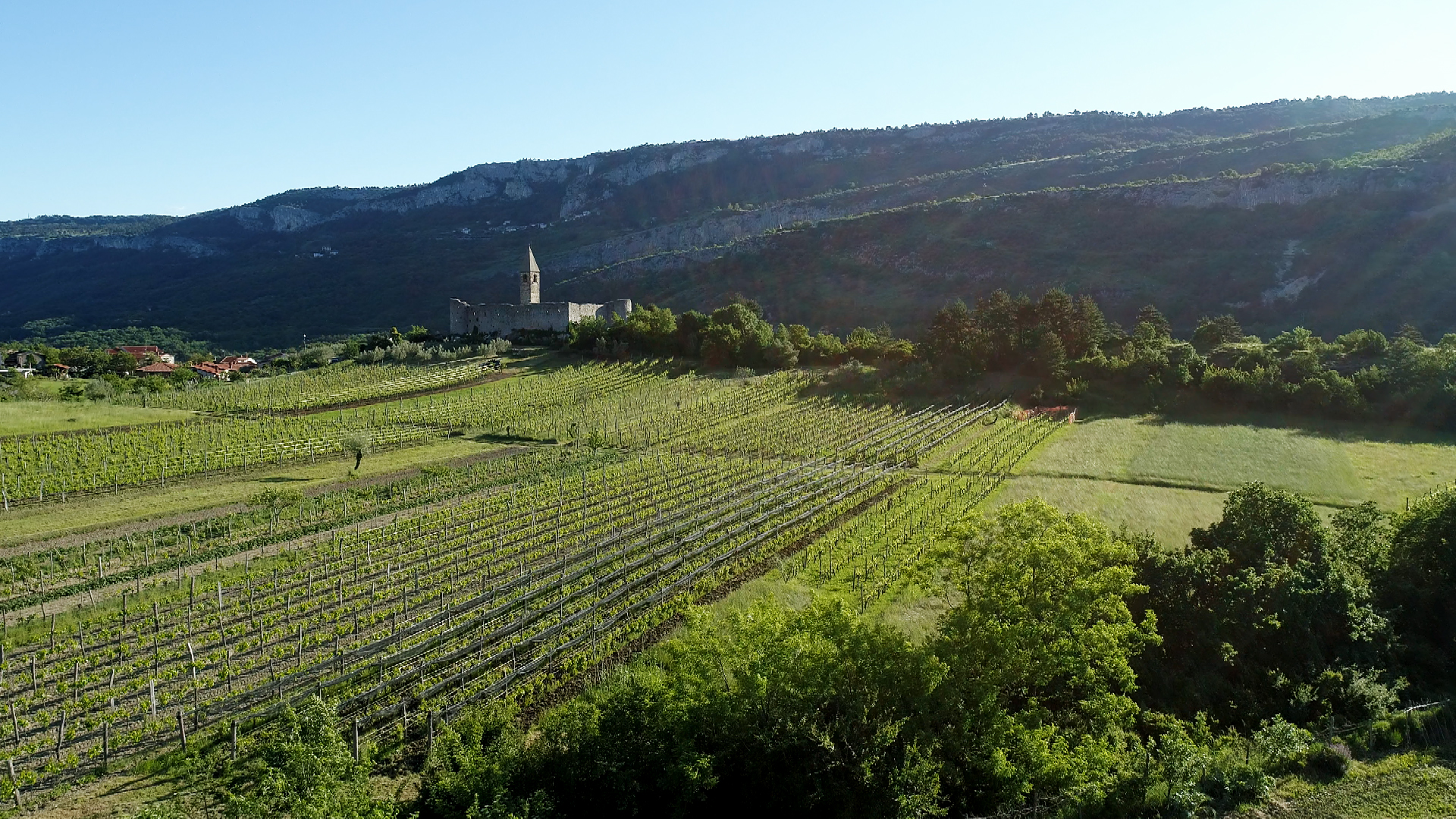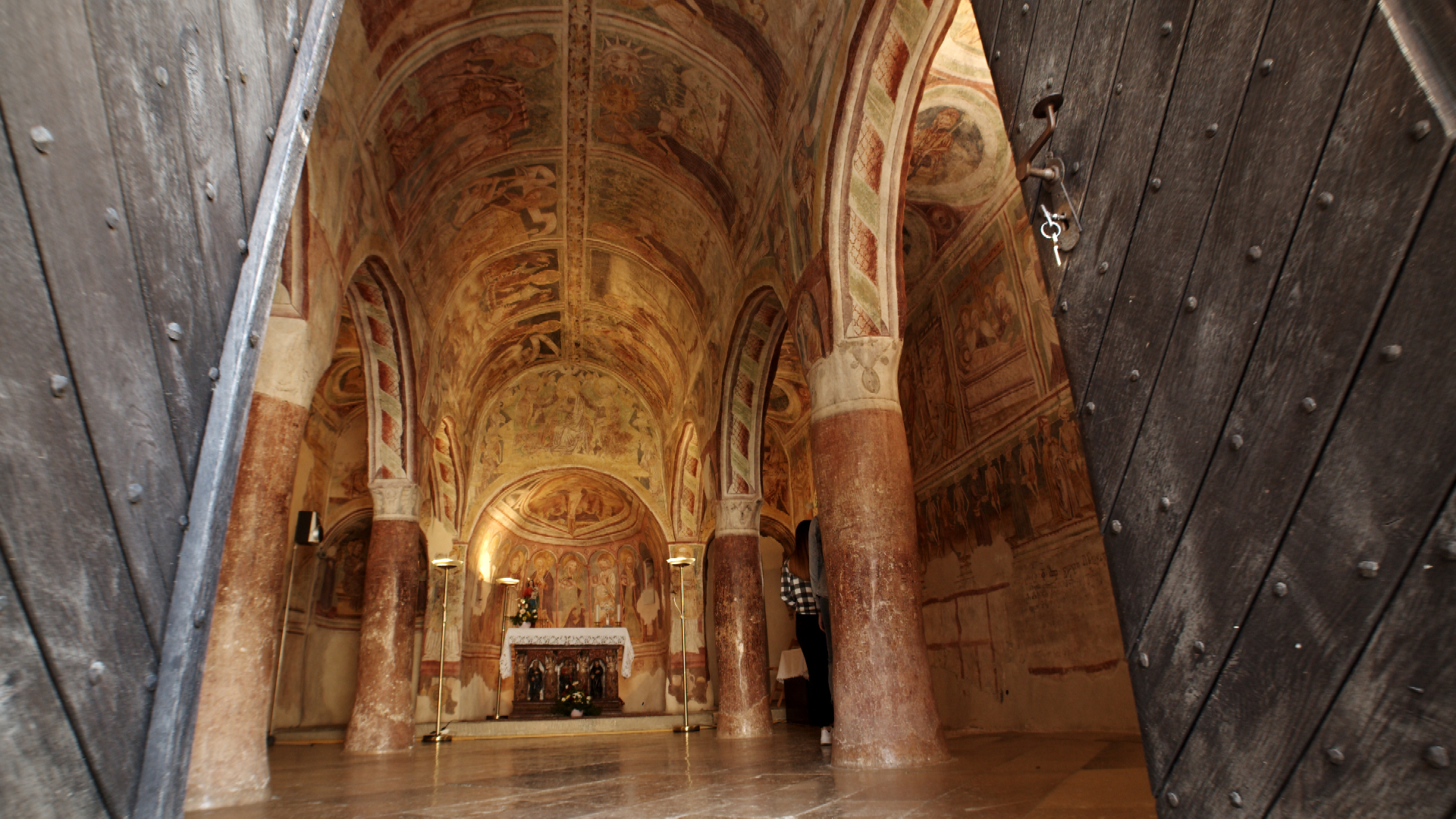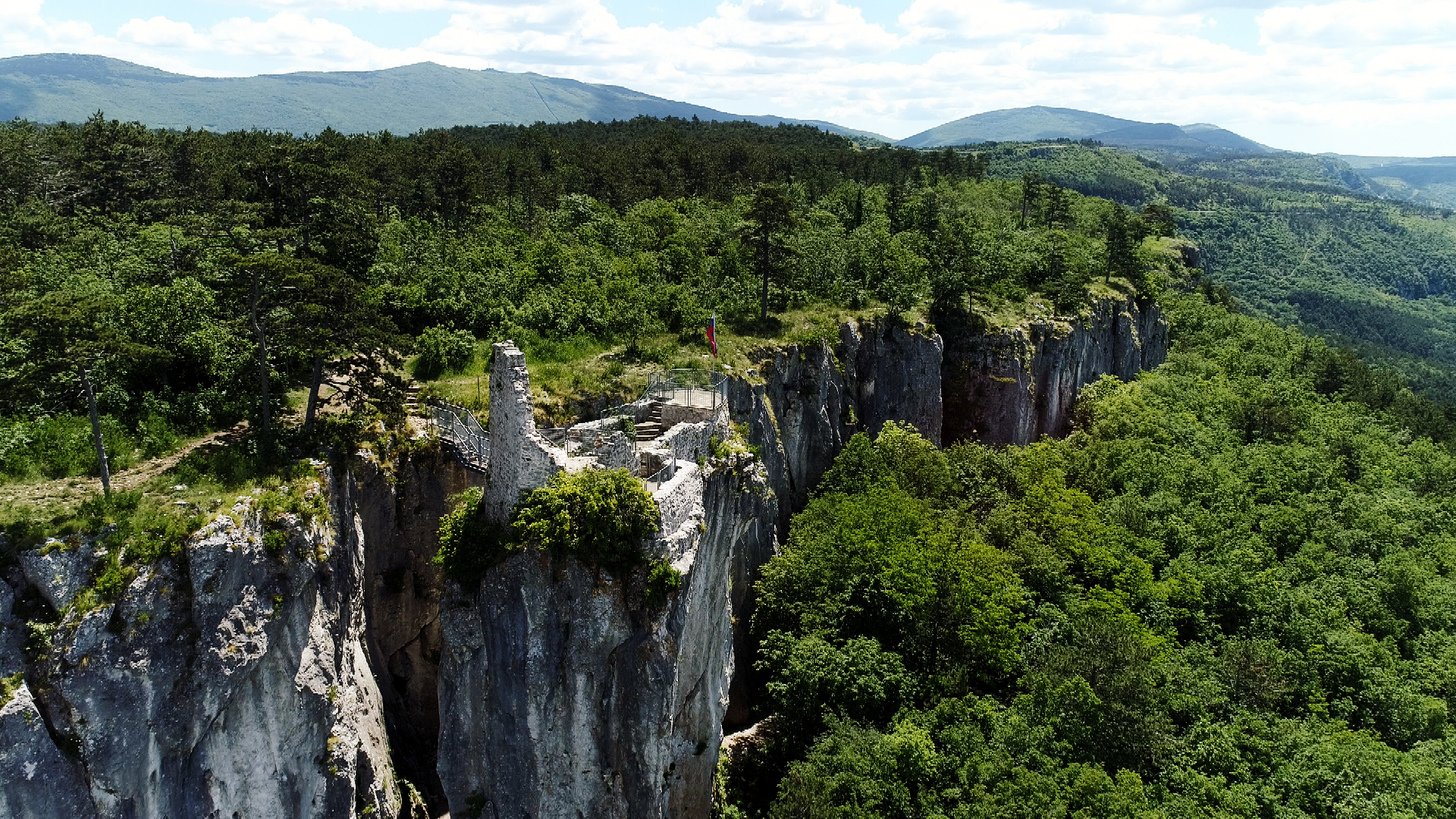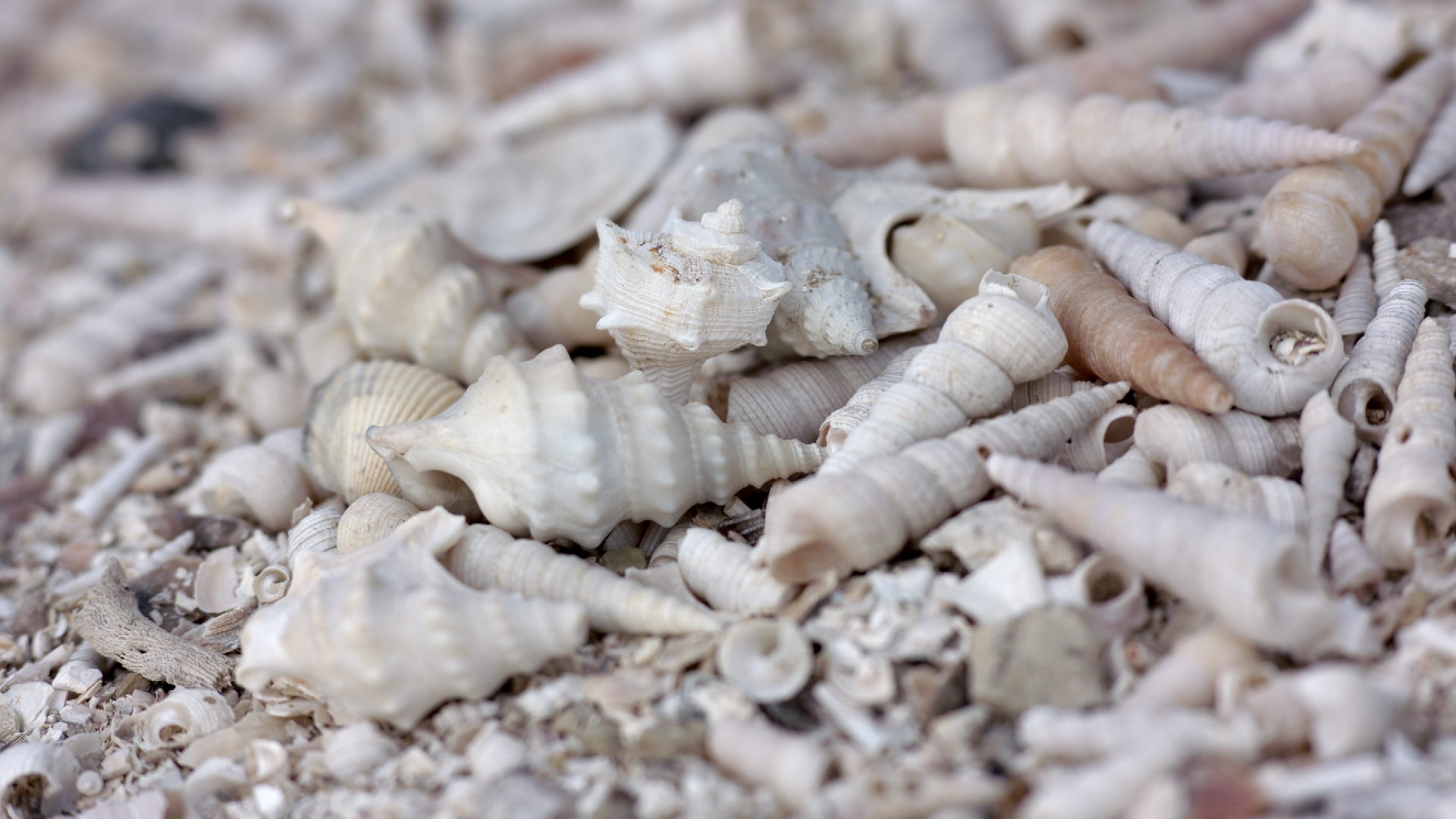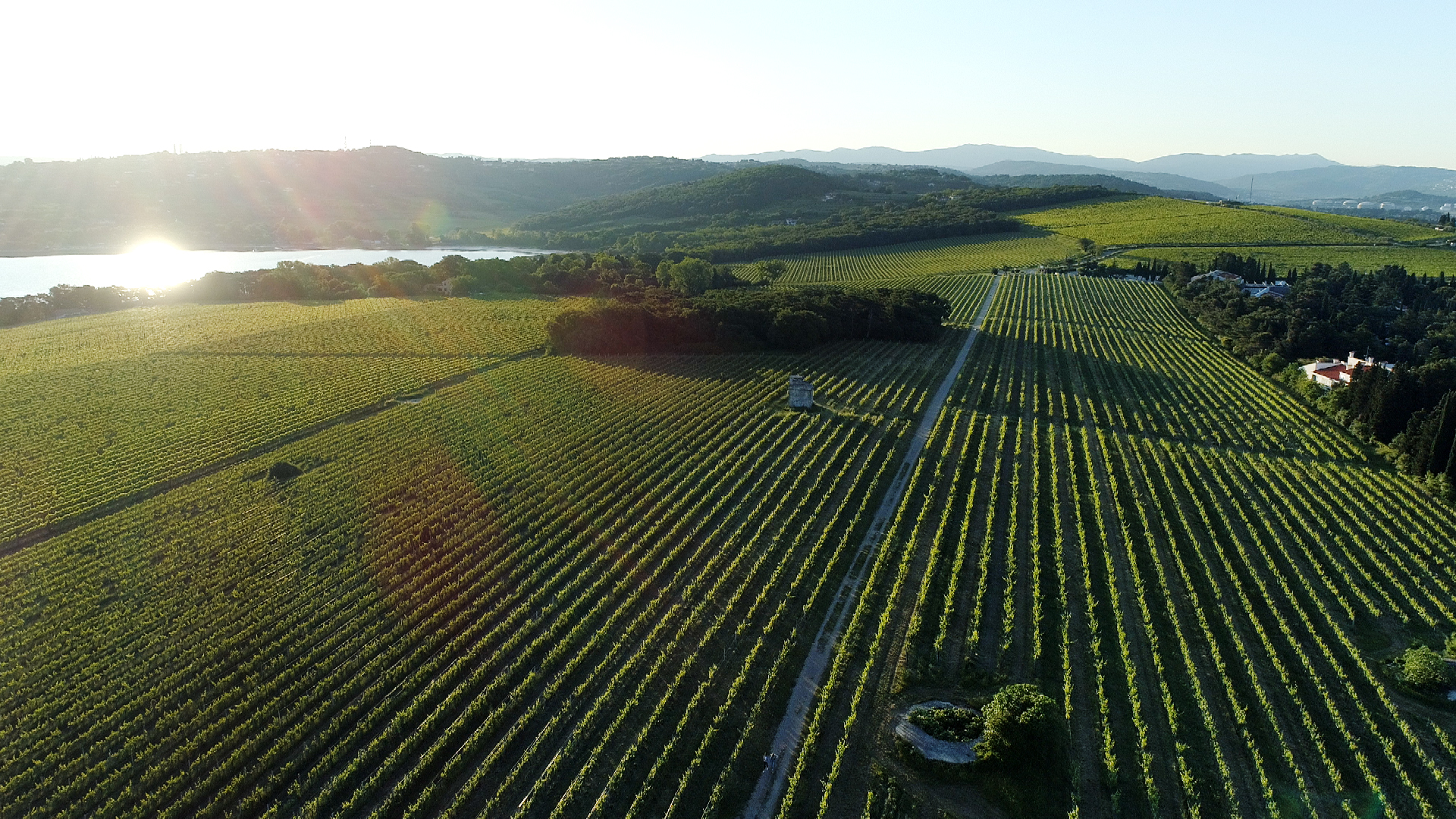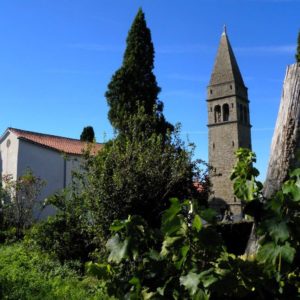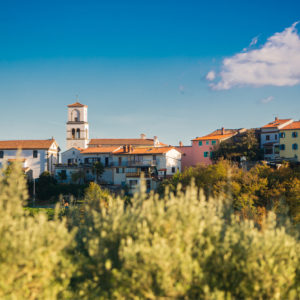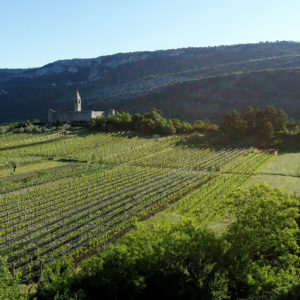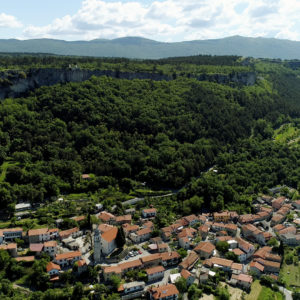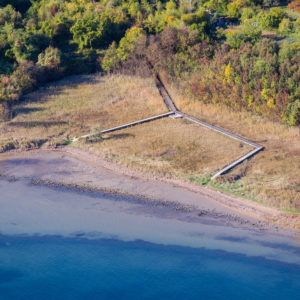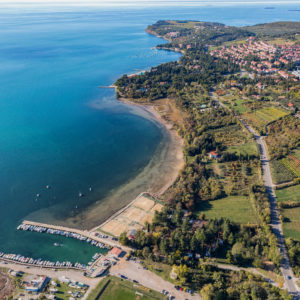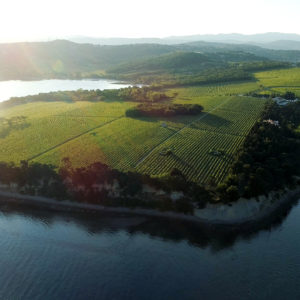Treat yourself to a two-day trip through the Slovenian Istria and learn about the hidden corners of natural and cultural heritage. This time we move from the city to the tranquil countryside of Slovenian Istria, we invite you to visit nature parks and Istrian villages. Take your time and experience Istria with all your senses and all its magic. Selected locations can be your guide or just an inspiration to explore.
Day 1
You can reach the starting point (Seča) from any Istrian village, you can also arrive by sea using the the WAYV app to order your transport by boat.
9.00 Sečovelje salt pans
We recommend a guided tour of the Museum of salt-making, learning about the intangible heritage of saltworks and traditional salt production in the Sečovlje Salina Nature Park.
10.30 Nova vas nad Dragonjo
A picturesque clustered village high on a hill of the Šavrini hills, drawn on the map of Istria in the 16th century by the cartographer and chorographer Pietro Coppo.
11.15 Sv. Peter
In the village of “Šupeter”, as the locals call it, you can see an ethnographic collection, Tonina’s house, which is a typical rural farmhouse in the northwestern part of Istria from the 19th century and earlier.
12.00 Padna
Romantic Istrian village where you can rent electric bicycles and go for a tasting of olive oil. Worth a visit are the church of St. Blaž and the Božidar Jakac Gallery.
Lunch
14.00 Korte and Kaštelir
The largest settlement in the Izola hinterland boasts beautiful views, preserved water sources and the archaeological site of Kaštelir.
15.00 Water springs
Along the way, visit Izola’s water sources, which were once the only source of water in the hinterland. Mandatory stop and visit to P’rila in Cetore and Frate in Korte. Both water sources have a characteristic structure: a tap for fresh drinking water and a trough for animals and for washing clothes.
15.45 Medljan
On the tourist farm, take a look at a typical Istrian kažeta, a place where agricultural tools were kept in the past, and local farmers found shelter from the storm or summer heat.
17.00 The Arheological Park Simonov zaliv
You will be able to dive into the life of the Romans at the Izola Archaeological Park, where you can see the remains of a seaside residential Roman villa with an outbuilding and the largest port from the same time.
Day 2
From Izola to Koper; you can get there by boat using the WAYV app for ordering the transport by boat.
